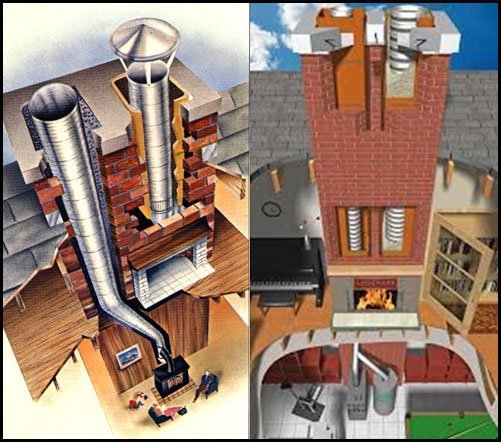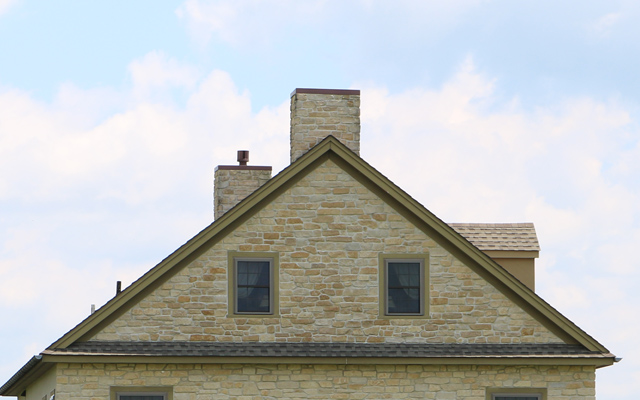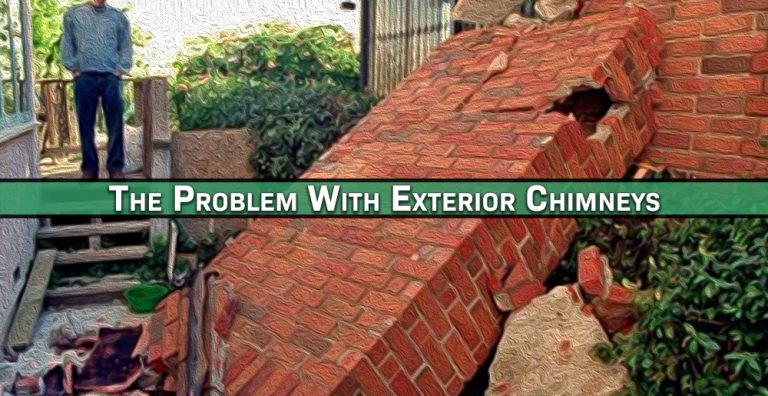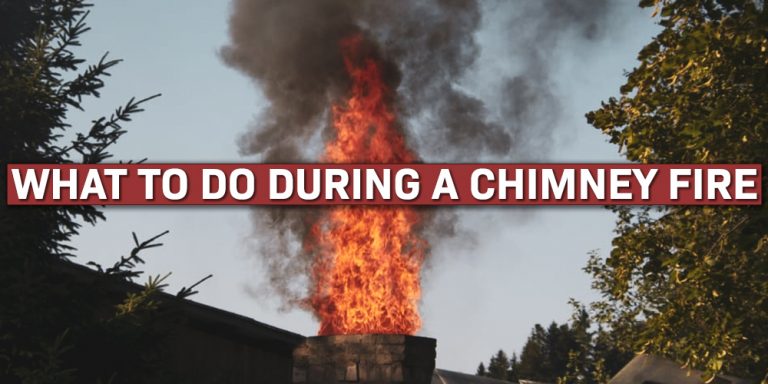Wildlife And Your Chimney: What Every Homeowner Should Know
As you fire up your wood stove or fireplace this fall, it’s important to ask yourself: Is there anything living in my chimney, and what should I do if there is?
Your chimney may not seem like a good spot for wildlife, but without proper precautions and maintenance, you could easily find yourself shacked up with unwelcome residents in the form of hornets, wasps, squirrels, bats, raccoons, birds, and other small animals.
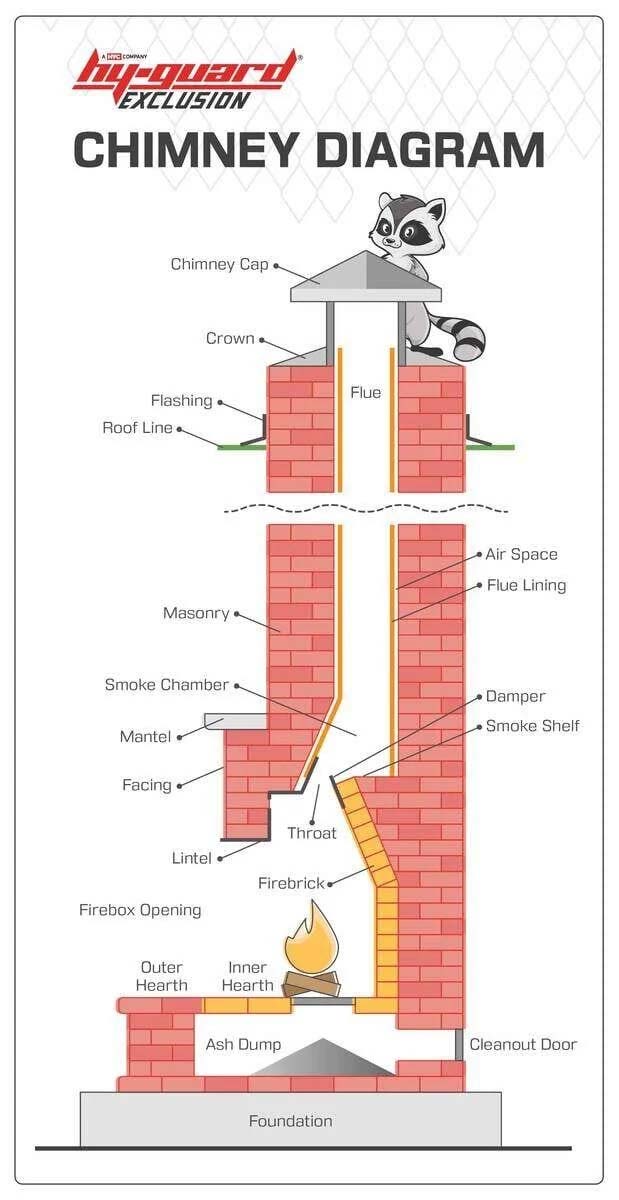
Why would wildlife be in my chimney?
To understand the threats you face from wildlife, it’s important to know how your chimney is structured. While it’s possible for some things to enter through flaws in your exterior masonry or joints, the most likely entry will be through the flue. If it’s an animal hoping to nest, like birds or squirrels, they’ll likely find their way down to what’s called the smoke shelf. This well-hidden, flat area above your firebox is usually at near room temperature year-round, making it an appealing spot for birthing and nesting.
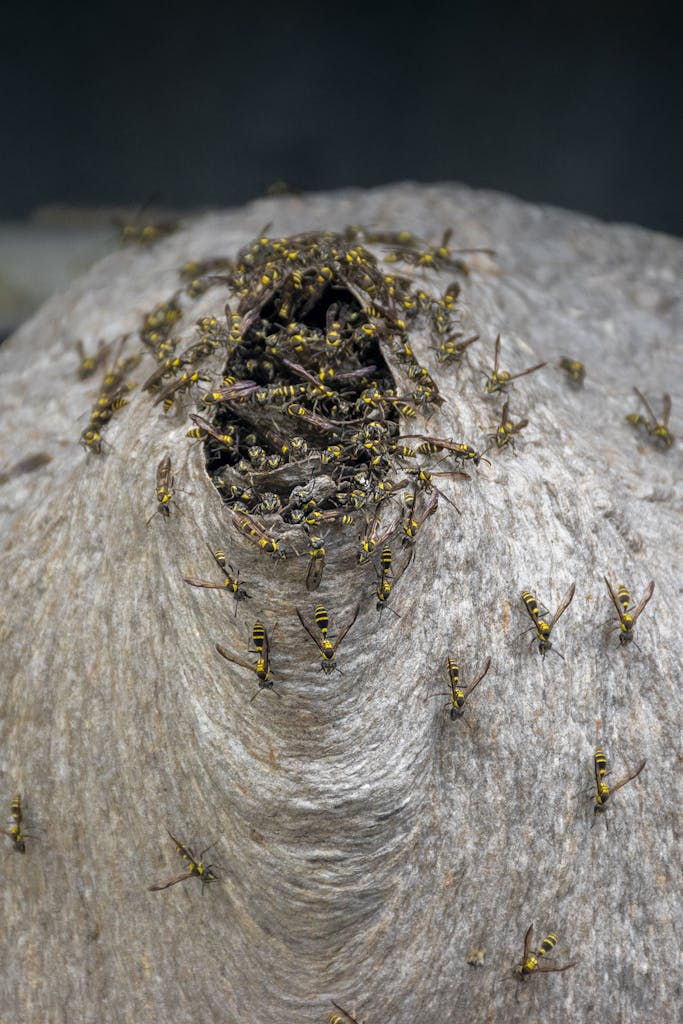
Insects may not care to go all the way down to the smoke shelf, however. In the spring and summer months, winged pests can nest within the flue itself where it’s difficult to reach them or even notice there’s a potential problem until they’re well established. Insects can pose a risk for infestation within your firebox too, particularly if it’s not properly sealed and maintained. Ants, earwigs, spiders, and even some roaches can nest in the firebox if you overlook cleaning it for months at a time.
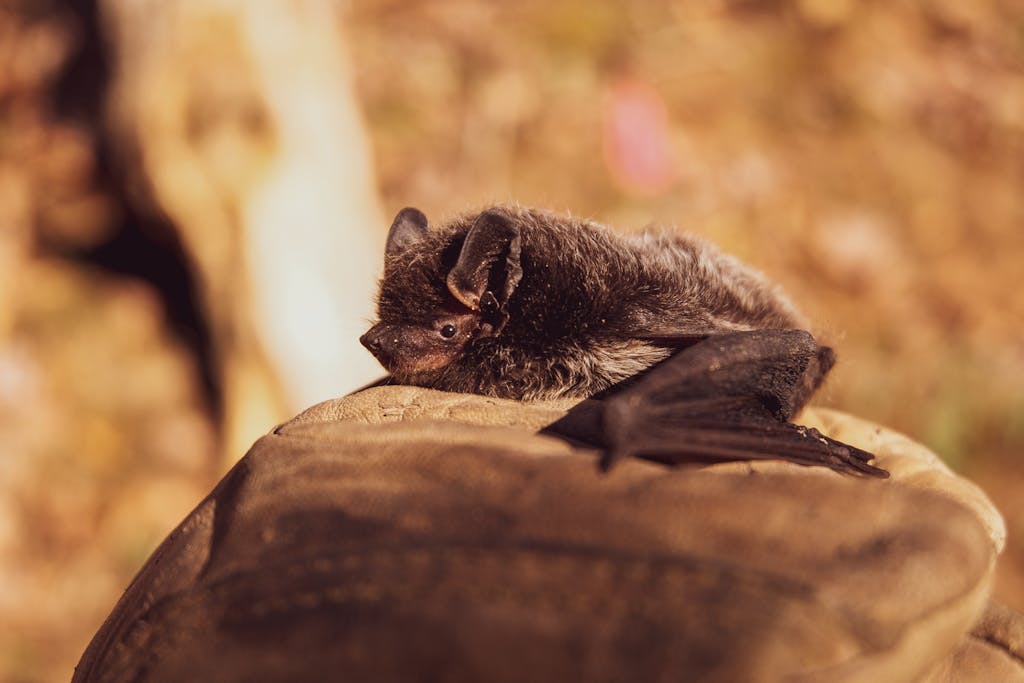
Unfortunately, sometimes wildlife ends up in your flue by accident without any intention of nesting. Birds and bats may find their way in but struggle to get back out, leading to a situation where you may have to capture them from within the firebox if they make it that far, or worse, one where they die before you can get to them.
How do I know if wildlife is in my chimney?
As the temperatures change with the arrival of autumn and you find yourself starting your stove or fireplace up again for the first time in months, it’s important that you check your flue and firebox before lighting that first fire. If you hear noises like scratching or movement from inside your flue, that’s a sure sign that you have an unwelcome visitor or would-be resident. Often though, animals may be too quiet for you to notice, so shining a light around your firebox is the first step you should take before every burn season. After that, particularly if you suspect you may have a problem, shining a light down the flue from the top- or better yet, lowering a small camera- will allow you to see if anything is on top of the smoke shelf. This kind of task is usually best done by a professional chimney sweep, as getting on a roof is always a risk and we don’t recommend doing it yourself.
How can I prevent wildlife from entering my chimney?
Proper maintenance is the number one way to keep wildlife out of your chimney and firebox. That means regularly cleaning the flue with a chimney brush, emptying the firebox of debris when it’s not in use, and making sure that all your components are properly sealed and undamaged. We also recommend using a chimney cap, which can be purchased online from Obadiah’s Woodstoves.
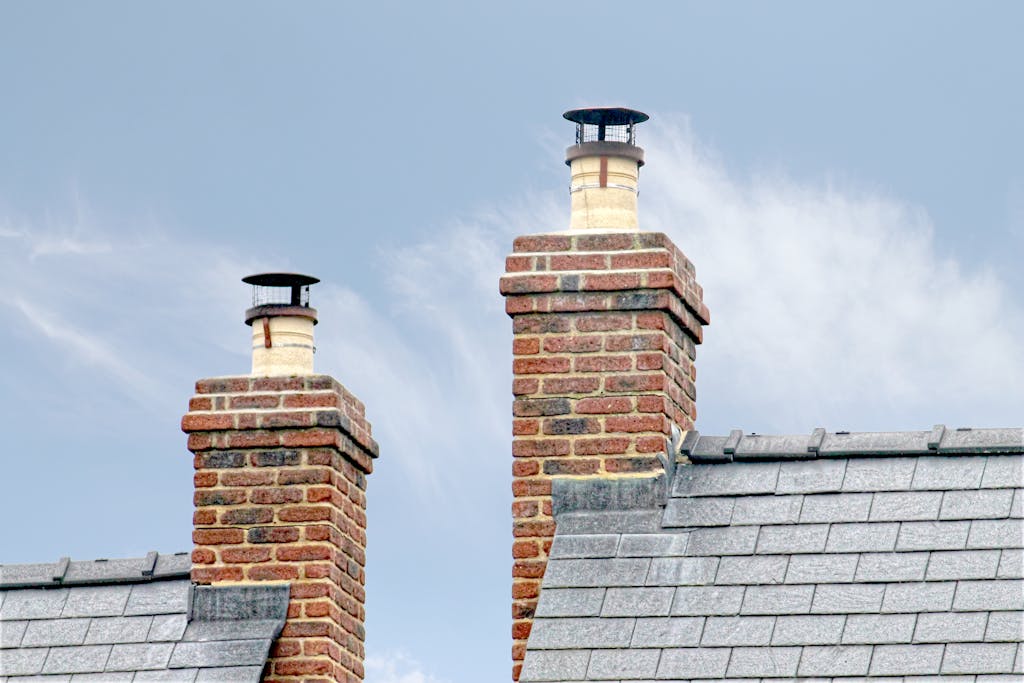
A chimney cap will dramatically cut down on wildlife’s ability to enter your flue. These devices sit on top of your flue and create a barrier that prevents both wildlife and exterior debris (pine needles, branches, etc) from easily entering. Some designs feature a cage that screws on and will completely stop most small mammals and birds from entering, while others are a simple cap designed to fit snugly into the top opening. Whichever design you choose to go with, it will only improve your chances of keeping wildlife out, in addition to assisting with the venting of smoke and gas by increasing the chimney’s ability to draft.
With a little bit of extra attention on stove and chimney maintenance, plus a chimney cap, you can keep your chimney nuisance-free and the local wildlife happily away from your home.

